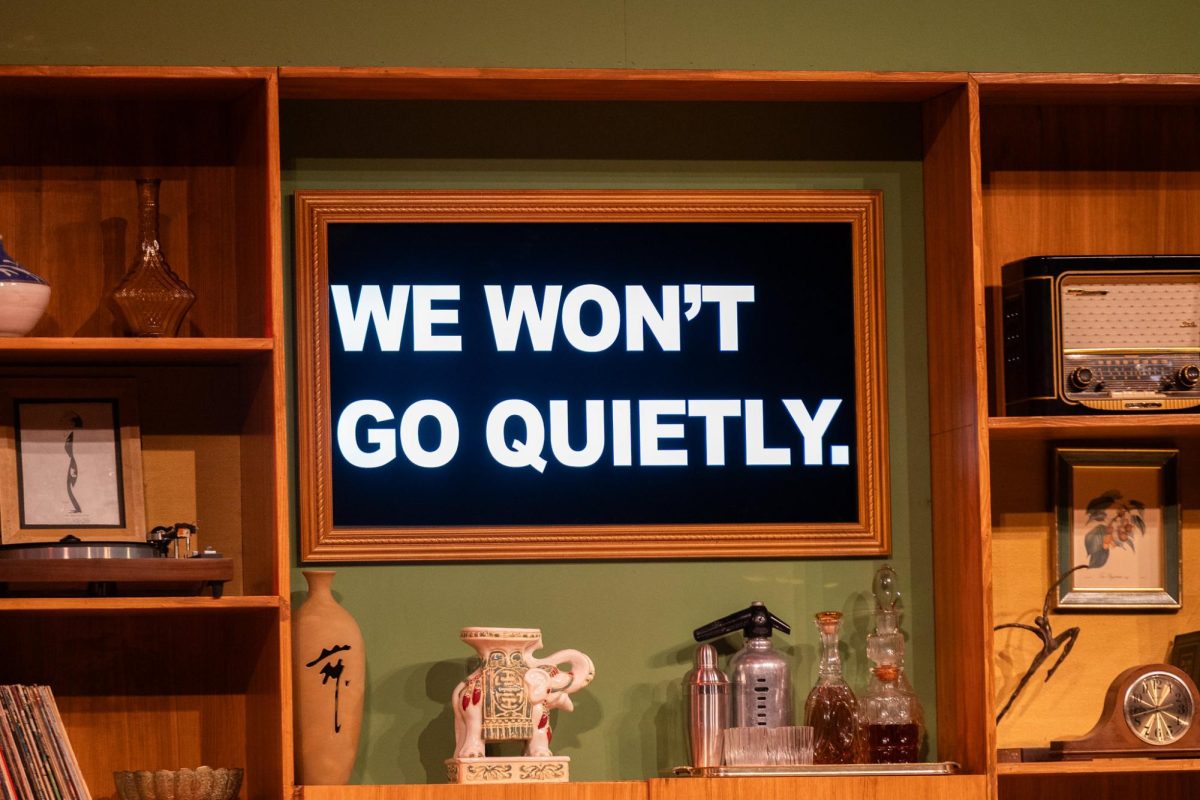facebook.com
“Hidden Figures” has been nominated for Best Picture and Best Adapted Screenplay.
The build up of the Black Lives Matter Movement and formation of what Time magazine called the “Divided States of America” in 2016, created space for the discussion and adaptation of the nation’s tension through the arts. Scrutinized for whitewashing films and acknowledgements, Hollywood’s autonomous stereotype of offering awards to white actors in ethically lead movies continued.
For the second year in a row, the persons of the Academy of Motion Pictures Art and Science acknowledged for top categories had phenotypical similarities social media couldn’t ignore and made trend worldwide using the hashtag, “#OscarsSoWhite.”
The 2017 Oscar nominees, however, dripped melanin and diversity as African-American, Asian and other multiracial actors and actresses became top contenders.
“Hidden Figures”, the true story of three, African-American women working at NASA in 1957 starring Taraji P. Henson, Janelle Monáe and Octavia Spencer racked up three nominations: Best Picture, Best Adapted Screenplay and Spencer for Best Supporting Actress.
“Fences,” the story of a sanitation worker whose baseball dreams were cut short starring Viola Davis and Denzel Washington earned four nominations: Best Picture, Washington for Best Actor in a Leading Role, Davis for Best Supporting Actress in a Leading Role and Best Adapted Screenplay. While critically acclaimed “Moonlight,” a film dissecting a young, black man’s self discovery in the hoods of Miami, scored five nominations: Best Picture, Best Director, Best Adapted Screenplay, Best Film Editing and Best Cinematography. Non-white nominees totalled 22, a 2,200 percent increase from last year.
Ending the two year dry spell, black nominees set records across the board. Ruth Negga, up for Best Actress in a Leading Role for her work in “Loving,” became the first Ethiopian woman to be named in the category. Bradford Young became the first African-American to be nominated for Best Cinematography for his work in “Arrival;” while Joi McMillon, co-editor of “Moonlight,” became the first African-American woman to be nominated for Best Editing.
According to The Economist’s 2012 study, of the 6,000 retired or current industry experts who make up the 17 branches of the Academy and vote on the year’s nominations, more than 77 percent of the committee are male, while 94 percent are white. Assuming the panels lack of diversity directly correlates to its recipients isn’t teasing, but undisguised. Lack of recognition within the masses birthed award shows (NAACP Image Awards, ALMA Awards, BET Awards, etc.) where people of color can have their talent shine brighter. Arguments circle about these type of award shows only separating, trying to segregate. Yet, in 2015, leading a biopic as an African-American Actor Michael B. Jordan in “Creed,” results in having a white co-star, Sylvester Stallone for Best Supporting Actor be the sole Academy nomination for the film. If “trickle down” and “useful” were to be in the same proposal, the praise of multiracial patrons of the entertainment industry on this highest scale is the dilemma.
As Washington racks up his eighth Oscar nomination, black, low-list actors are hearing a voice, seeing a light and analyzing the model; knowing their work matters and can too change the conversation and people of tomorrow. As long as your work is a reflection of you and challenges norms, James Baldwin reminds us “to remember that what they believe, as well as what they do and cause you to endure does not testify to your inferiority but to their inhumanity.”
The 89th Annual Academy Awards is planned to air onFeb. 26 on ABC.



































